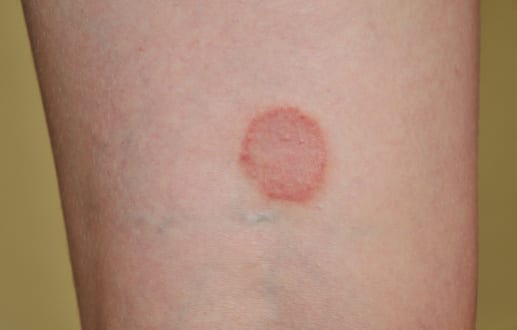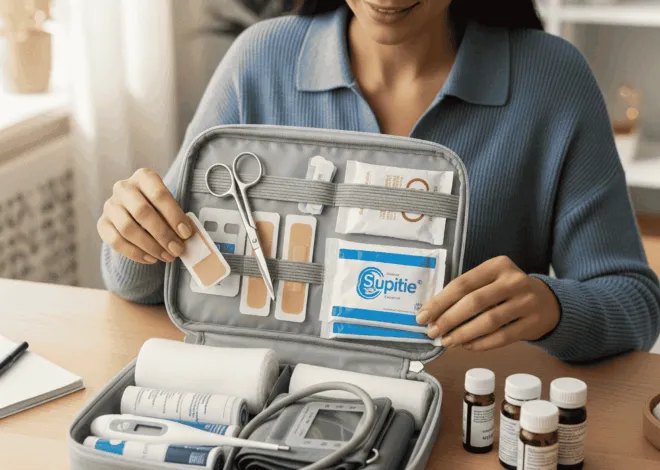Despite its name, ringworm is not caused by a worm but by a common fungus known as a dermatophyte. Named more for its characteristic red rash in the shape of a “ring,” dermatophytes may infect the outer layers of the skin, invade the tissue under the finger and toe nails, or produce a red itchy rash on the scalp.
Ringworm may be easily diagnosed by the typical signs and symptoms, but if not treated, the fungus may cause secondary infections of cracked skin that require antibiotics for treatment. Simple techniques can be used to prevent ringworm from finding refuge on your skin, but if it does, it may be treated successfully with topical creams.
Ringworm: The Fungus Among Us
Ringworm is a fungus that lives in the protein on the skin and nails, known as keratin, and prefers the warm and moist areas of the body. The ringworm rash may appear as a patch of dry flaky skin with redness or irritation. However, as the infection worsens, the skin may form a reddened ring or simply appear as a red and scaly rash.
The fungus may cause intense itching and a foul odor may develop as the rash becomes more noticeable. Often, the rash may appear in the eyebrows, facial hair on men or cause an itchy sore scalp with an abundance of flaky skin that resembles dandruff. Infected finger and toenails will lose their natural sheen and appear dull and may grow crooked or become brittle.
Ringworm is Highly Contagious and Easily Spread
The sufferer may be compelled to scratch at the unrelenting itch of ringworm and ultimately spread the fungus to other parts of the body or other people. When an affected person scratches the areas of the rash, the fungus is caught under their nails or on the surface of their hands. Scratching their arm and touching their cheek, for instance, will spread the rash to their face.
In addition, people sharing towels, clothes, or any household item that touches the body can spread the fungus to family members. People walking through public showers or pools can pick up athletes’ foot fungus, a common form of ringworm, and it may grow on the moist skin when they slip into warm shoes. The fungus also likes to live in the warm moist skin folds of the body. When the groin becomes red and itchy with ringworm, the infection is described by the term “jock itch.”
Ringworm is an Opportunistic Fungus
The fungus that causes ringworm is always on the lookout for a great place to live on our skin. Certain medications or conditions may weaken the immune system temporarily and ringworm will take the opportunity to grow on the skin. Antibiotics can cause the increase of fungus growth by inadvertently harming the good bacteria that usually keep it at bay.
Children are prone to ringworm due to their immature immune system, and often spread the fungus between themselves and their friends by touching. Animals can also harbor and be infected with ringworm. Always inspect the new puppy or kitten for dry flaky skin that resembles dandruff. Often, children cuddle the new animal near their face and spread the fungus to their cheek or chin area.
The Best Treatment for Ringworm
If an infection is caught early, you can treat ringworm successfully with over-the-counter medicated creams and preparations that are designed specifically for that purpose. Many effective creams available today without prescription were once only dispensed by a physician. Be sure to treat the ringworm rash with the correct dosage or application for the specified amount of time as directed by the instructions.
Occasionally, a case of ringworm may need a stronger medication and require a doctor’s attention. In some instances, athletes’ foot may go untreated and result in inflamed broken and cracked skin that develops secondary bacterial infections. A sufferer may need oral anti-fungal or antibiotics if the infection is severe.





